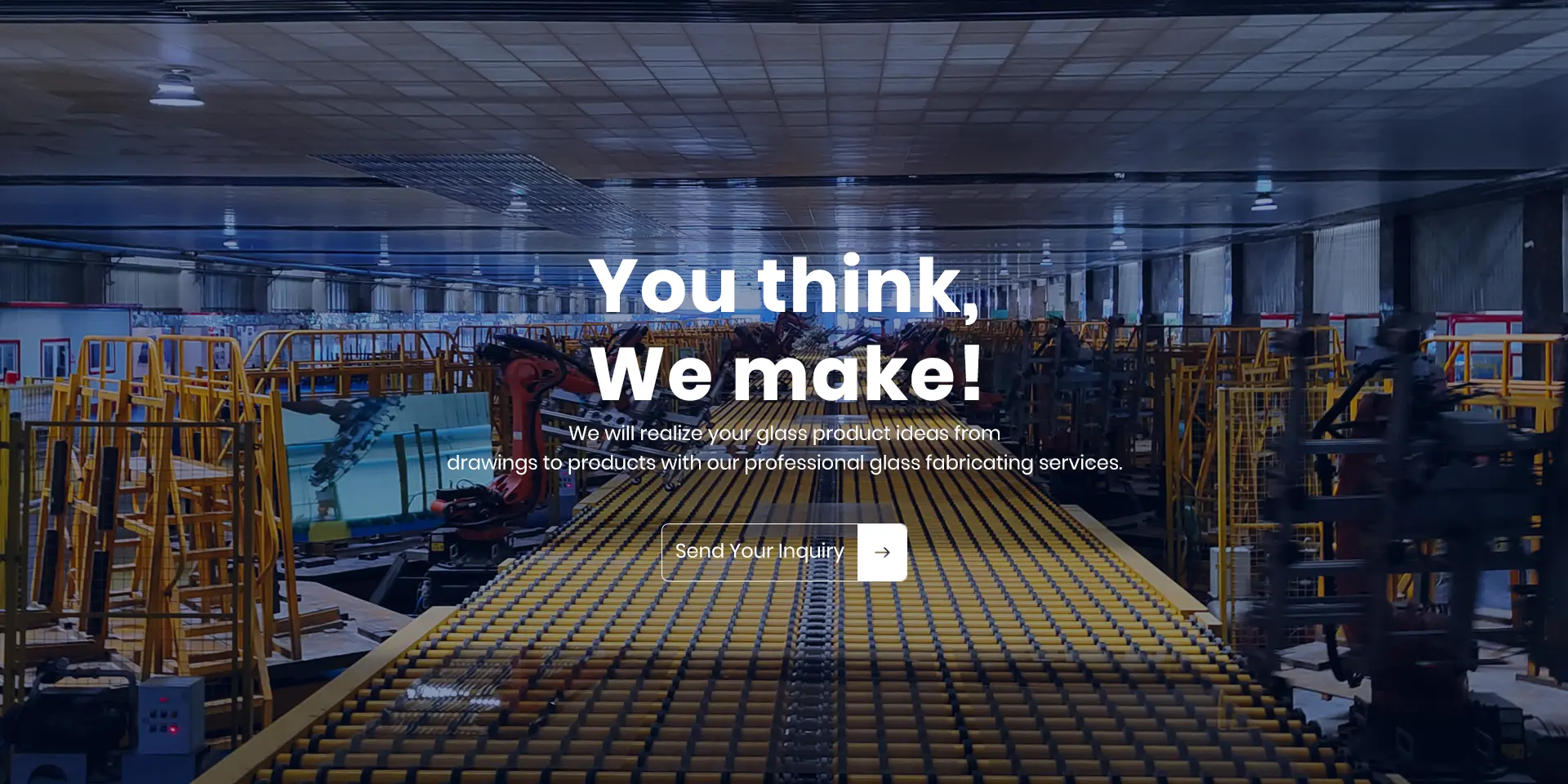Nov . 10, 2024 14:00 Back to list
Exploring the Innovative Applications of Float Glass in Modern Architecture and Design
Exploring Float Glass The Marvel of Modern Manufacturing
Float glass is a revolutionary product in the world of glass manufacturing, introduced in the mid-20th century. Its creation marked a significant turning point in architectural design and industrial applications, transforming not only the glass industry but also how buildings and spaces are conceptualized. This article delves into the origins, production methods, properties, and applications of float glass, showcasing its vital role in contemporary construction and design.
Origins of Float Glass
The concept of float glass was pioneered by British glassmaker Sir Alastair Pilkington in the 1950s. Prior to this innovation, glass had been manufactured through labor-intensive methods such as hand-blowing and sheet glass production, which resulted in uneven thickness and surface imperfections. Pilkington's method involved floating molten glass on top of molten tin, a technique that ensured a smooth, flat surface and uniform thickness. This production method, known as the “float process,” provided a significant advancement in glass technology, and its efficiency quickly gained popularity.
The Float Process
The float glass production process begins with the melting of raw materials, primarily silica sand, soda ash, and limestone, in a furnace. The molten glass is then carefully poured onto a pool of molten tin. The density difference between the glass and tin causes the glass to float, thus forming a continuous sheet with perfectly flat surfaces. This floatation not only eliminates surface defects but also allows for precise control over thickness, which can vary from a few millimeters to several centimeters.
After the glass forms, it is slowly cooled in a process called annealing, which helps relieve internal stresses and ensures the durability of the material. Once cooled, the glass can be cut, polished, and prepared for various industrial and consumer applications.
Properties of Float Glass
float glass

Float glass possesses a unique set of properties that make it highly desirable for various applications. Its clarity is one of its most notable features; it allows for maximum light transmission while minimizing distortion. The flatness of the glass also contributes to its aesthetic appeal, making it suitable for large windows and facades. Additionally, float glass exhibits good thermal and chemical resistance, making it versatile for a wide range of environments.
Moreover, float glass can easily be coated or treated to enhance its performance. Low-emissivity (Low-E) coatings, for instance, improve thermal insulation, while anti-reflective treatments reduce glare and reflections. These advancements have led to an increased utilization of float glass in energy-efficient building designs.
Applications of Float Glass
The applications of float glass are extensive and varied. In architecture, it is commonly used for windows, curtain walls, and glass facades, providing both functionality and aesthetic appeal. In addition to buildings, float glass is also essential in automotive manufacturing, where it is used for windshields and windows, enhancing visibility and safety.
Furthermore, float glass serves a crucial role in interior design and decoration. It is utilized in mirrors, glass doors, and furniture, contributing to modern interior aesthetics. The technology has also expanded into various industries, including electronics, where it is used in screens and touch panels.
In recent years, the demand for float glass has surged due to the increasing focus on sustainability in construction. Architects and builders are now prioritizing materials that contribute to energy efficiency and minimize environmental impact, further solidifying float glass's position in the marketplace.
Conclusion
Float glass is more than just a building material; it is a testament to human ingenuity and innovation. Its creation has paved the way for modern architectural practices and offered creative solutions for light, space, and sustainability. As technology continues to evolve, the future of float glass looks promising, with the potential for new applications and improvements that can enhance its already remarkable capabilities. In a world that increasingly values transparency, both literally and metaphorically, float glass stands as a clear choice for builders, designers, and consumers alike.
-
Safety and Style with Premium Laminated Glass Solutions
NewsJun.24,2025
-
Reinvents Security with Premium Wired Glass
NewsJun.24,2025
-
Premium Float Glass Line for Modern Architecture
NewsJun.24,2025
-
Low Emissivity Glass for Energy-Efficient Architecture
NewsJun.24,2025
-
High-Performance Insulated Glass Solutions for Modern Architecture
NewsJun.24,2025
-
Elevates Interior Style with Premium Silver Mirror
NewsJun.24,2025
Related PRODUCTS














